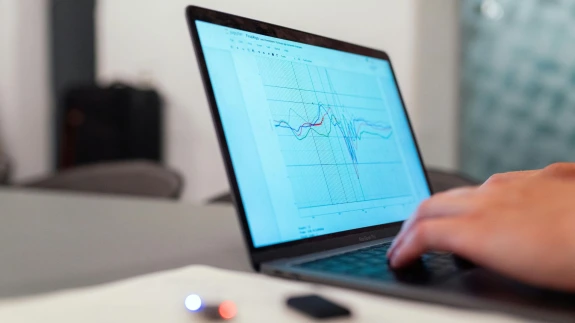
Matching Funds for R&D Consortium on Hyperspectral Sensors for Mining
- Principal Investigator (PI): Dean Riley & Isabel Barton, Department of Mining and Geological Engineering
- Partner: Dave Brady, Optical Sciences & Engineering
Hyperspectral imaging sensors use infrared light to detect a large range of mineral types and map out how they are distributed in the ground. That would allow mine operators to see where there are minerals like clays and talc that cause major problems in mining. Fine-tuning this hyperspectral technology for the specific needs of mines is the aim of a new consortium of mining industry professionals and UArizona researchers.
While hyperspectral technology is used in other applications like mineral exploration, it’s a new tool for production-level mining. Datasets from the technology are large; translating them into useable information takes more time than what’s available in the fast-moving environment of mining. The consortium will tackle these challenges to develop ways to create a flexible platform that can distinguish multiple closely related mineral species fast enough to be useful in mines and mills.
Project funds will pay for staff and student time to research and test new methods of processing data from hyperspectral scans, as well as improve sensor hardware. It’s anticipated that the success of this initial work will spur industry partners to subscribe to the consortium and fund further research. The consortium is scheduled to launch in summer 2022.
For more information on this project, please contact: Isabel Barton

